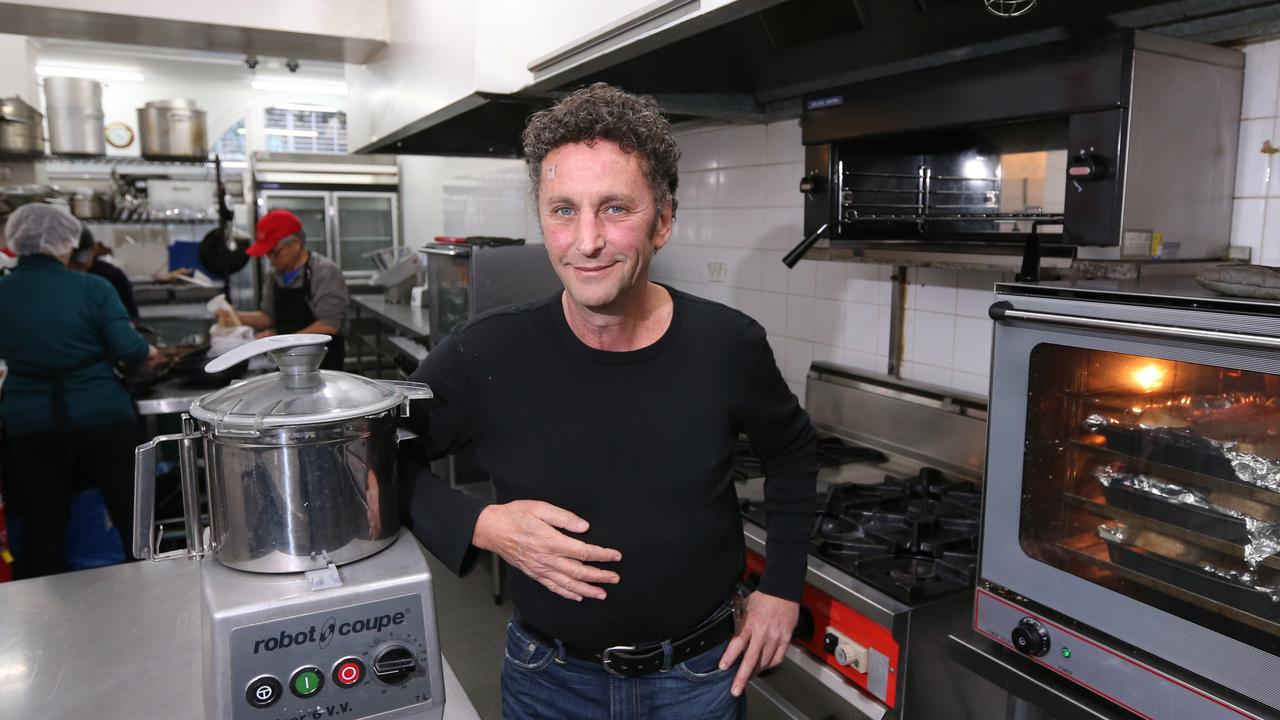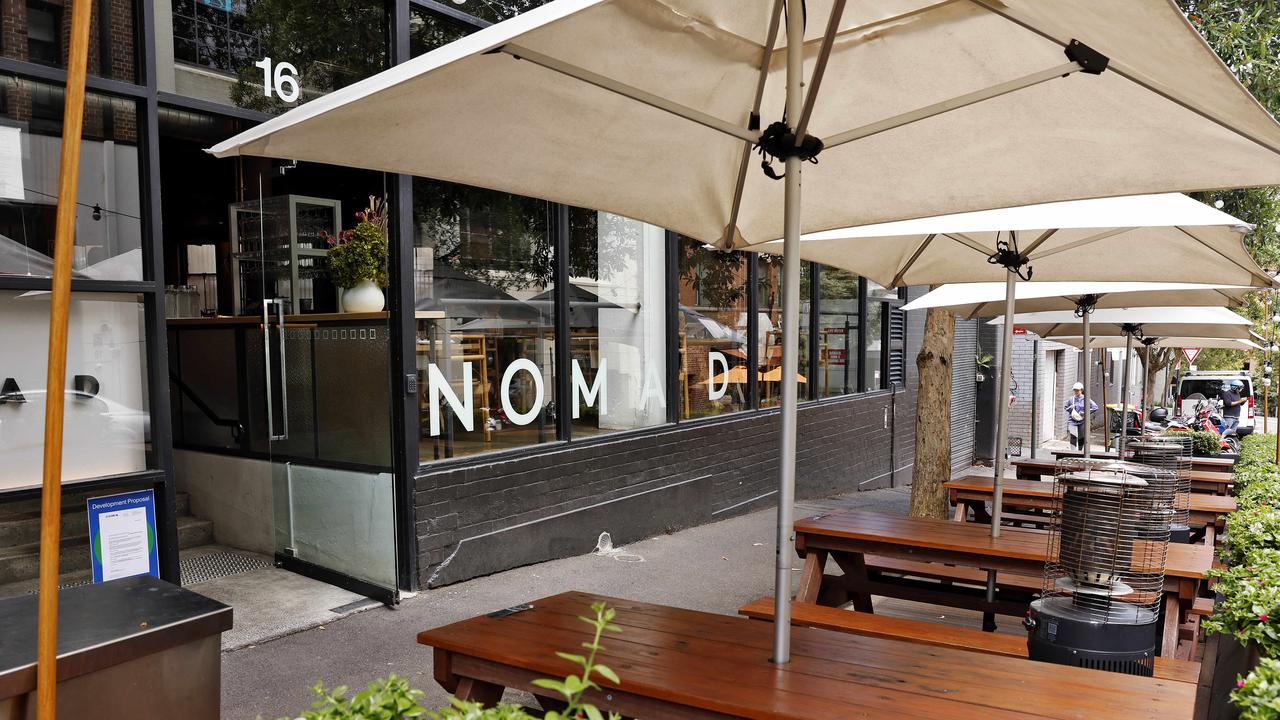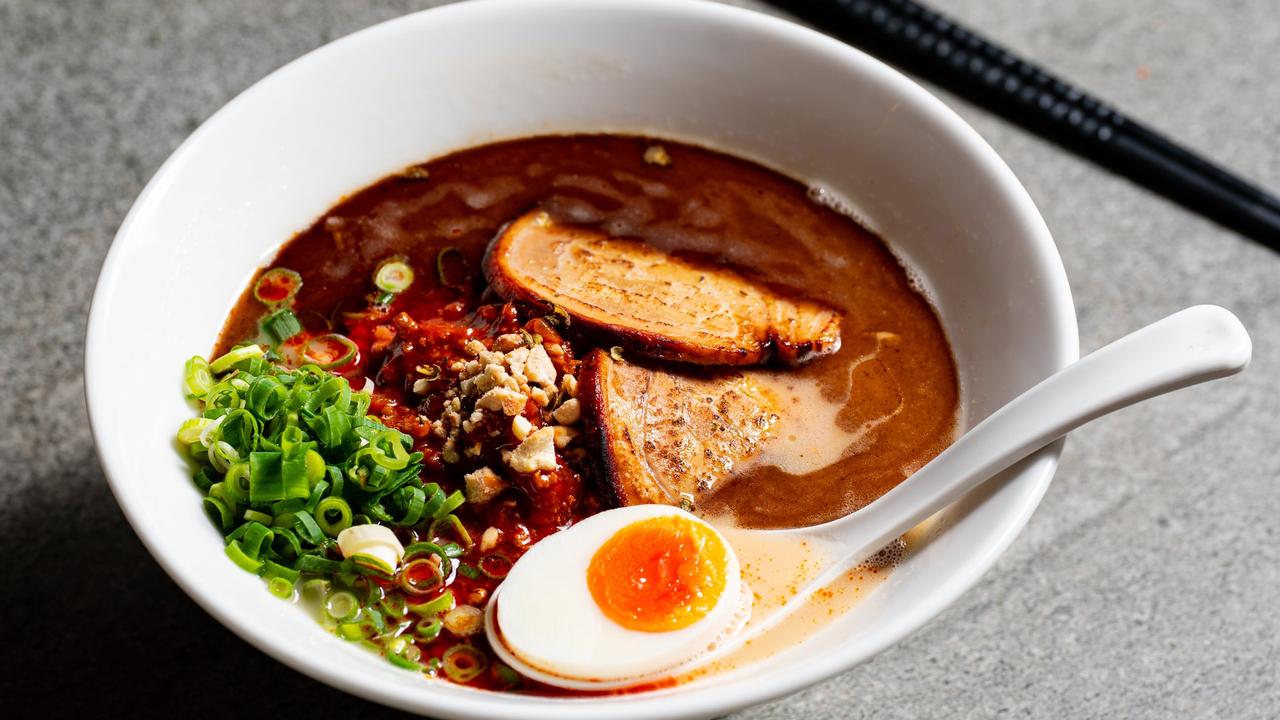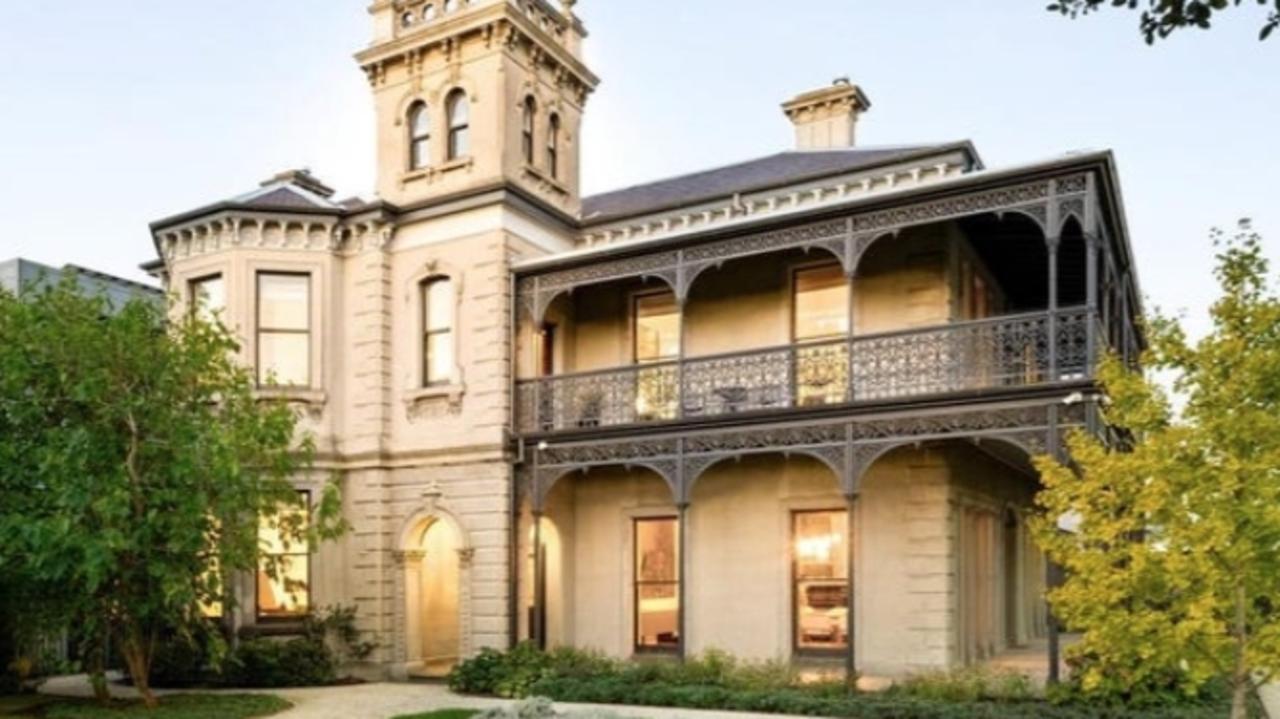Restaurants join forces to stay afloat as costs soar
Rising costs are crippling hospitality ventures, but a major shift is allowing restaurants to save hundreds of thousands of dollars and stay afloat.

The growing popularity of shared kitchens in Australian cities is helping new restaurants and food entrepreneurs sidestep the crippling hidden costs that continue to force one in every 11 hospitality businesses to close each year.
Rising costs are crushing hospitality dreams, with data revealing just 2 per cent profit from a $30 bill once rent, wages, compliance fees, and kitchen fit-outs — averaging between $300,000 and $800,000 — are accounted for.
“I consider this a real estate business,” said Temp Kitchen Rent owner Gus Weinberger. “They get real estate in the kitchen.”
Test Before You Invest
Shared kitchens offer a flexible alternative to traditional venues, sparing users from costly leases and the need for full kitchen teams. Operators only need chefs and cooks for preparation and delivery — avoiding long-term CBD lease commitments, which typically run from three to ten years, often with annual rent increases.
NAMED: Aus politicians with 5+ homes
The trend has also sparked a “test to invest” movement, where restaurants and food start-ups use shared kitchens to trial market demand before committing to major financial outlays.
“I was actually planning to do a grill, a takeaway grill,” Weinberger added.
“Then I was on a small business website communicating with other people, and a couple of times the question came up, ‘Does anybody know of a kitchen for short-term rent?’ That gave me the idea.”
“So, I knew this was a new business opportunity. I found a niche and saw there was nothing more specialised. This place was owned by a former catering client of mine who trusted me to use the space and keep it in good condition.”

Ippudo Ramen, before it opened in Sydney’s Centre Point Tower was his first client.
“That was my big hit. Suddenly I had three months where they were taking up the whole kitchen.”
Food Trucks and Farmers Markets Join In
It’s not just brick-and-mortar restaurants that are reaping the benefits. Food trucks, market stalls, and pop-ups are increasingly turning to shared kitchens to manage costs.
“Using a shared kitchen has made a massive difference to our bottom line,” said Chef Tommy Prosser, Foodservice Australia’s 2024 Professional Chef of the Year and owner of Crustacean Nation Seafood, a market stand serving ‘bougie’ street-style seafood at Carriageworks Farmers Market.
“The flexibility of hourly usage has been a game-changer. In quieter weeks or when I take time off, not having those ongoing fixed costs makes a huge impact.”
“The main fixed expense in hospitality is staffing, but rent in Sydney is also a huge, constant outgoing — and when you’re working with tight margins to begin with, that’s a lot of base products you need to sell just to cover overheads.”
MORE:The Block losers’ major $920k gamble
“It also lets you test an idea or concept without needing a lot of capital upfront or being tied into a lease.”

Before launching their Surry Hills venue, hatted restaurant Nomad used Temp Kitchen to produce its house-made charcuterie. Japanese cheesecake cult favourite 15cenchi also tested recipes there before opening its two Haymarket shops.
Support for Marginalised Entrepreneurs
In Strathfield South, FoodLab is a not-for-profit kitchen incubator supporting marginalised food entrepreneurs. It provides access to commercial kitchens, mentoring and a graduate program that helps launch catering services, market stalls, and small-scale food businesses — without the burden of major capital investment or long-term leases.
FoodLab Director Jamie Loveday said the program focuses on helping participants understand the financial realities of running a food business — everything from managing costs to paying themselves a wage.
One success story is Olotl Taqueria, which began at FoodLab. The program gave the mother-daughter team the confidence, skills, and kitchen space to start weekend pop-ups above Campos Coffee in Newtown. They now plan to open a permanent venue.

Types of Shared Kitchens
A 2020 CBRE report, Australian Market Snapshot: Online Meal Delivery and Dark Kitchens, projected significant growth in shared kitchens due to rising demand for online ordering. The pandemic accelerated this trend by five to ten years.
MORE:The shockingly low amount millions of Aussies have in the bank
Shared kitchen models include:
Ghost Kitchens: Delivery-only facilities with no dine-in areas, used by restaurants and platforms like Uber Eats to cut overheads and maximise profits.
Dedicated Commercial Kitchens: Industrial spaces suited to catering or packaged food production, often located in city-fringe suburbs of Adelaide, Brisbane and Western Sydney due to lower rents and more space.
Co-working Kitchens: Fully equipped, flexible-use spaces that support food trucks, catering, cooking classes, food photography, and more. Even top chefs use them to trial dishes without disrupting daily service.

Cost Comparison
Hiring a shared kitchen costs between $30 and $80 an hour, with full-day sessions from $200 to $1000, and exclusive-use packages range from $2500 to $7000 per month.
From a cost perspective, that’s a significant difference from the $150,000 to $650,000 required to open a traditional restaurant.
In the current unpredictable market, shared kitchens could be a sustainable option for the cost-heavy hospitality industry.
Originally published as Restaurants join forces to stay afloat as costs soar




